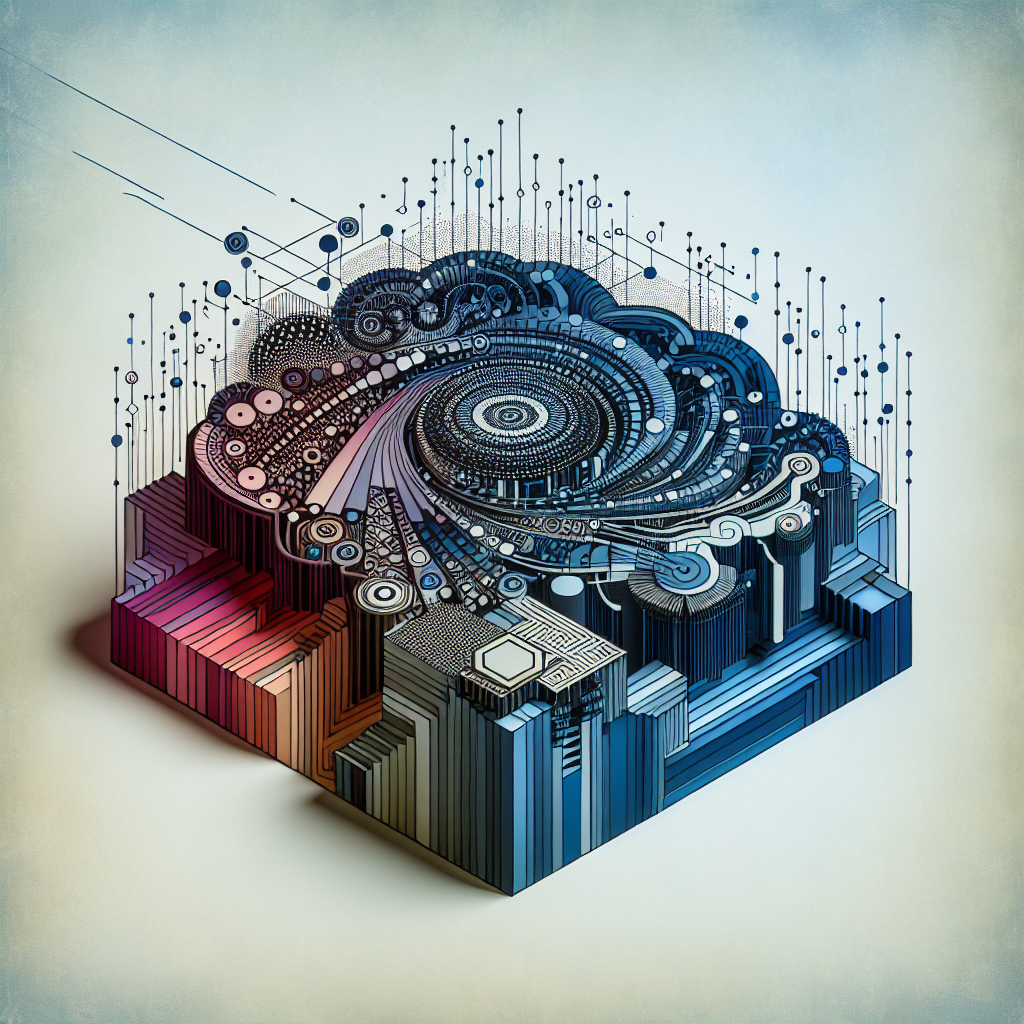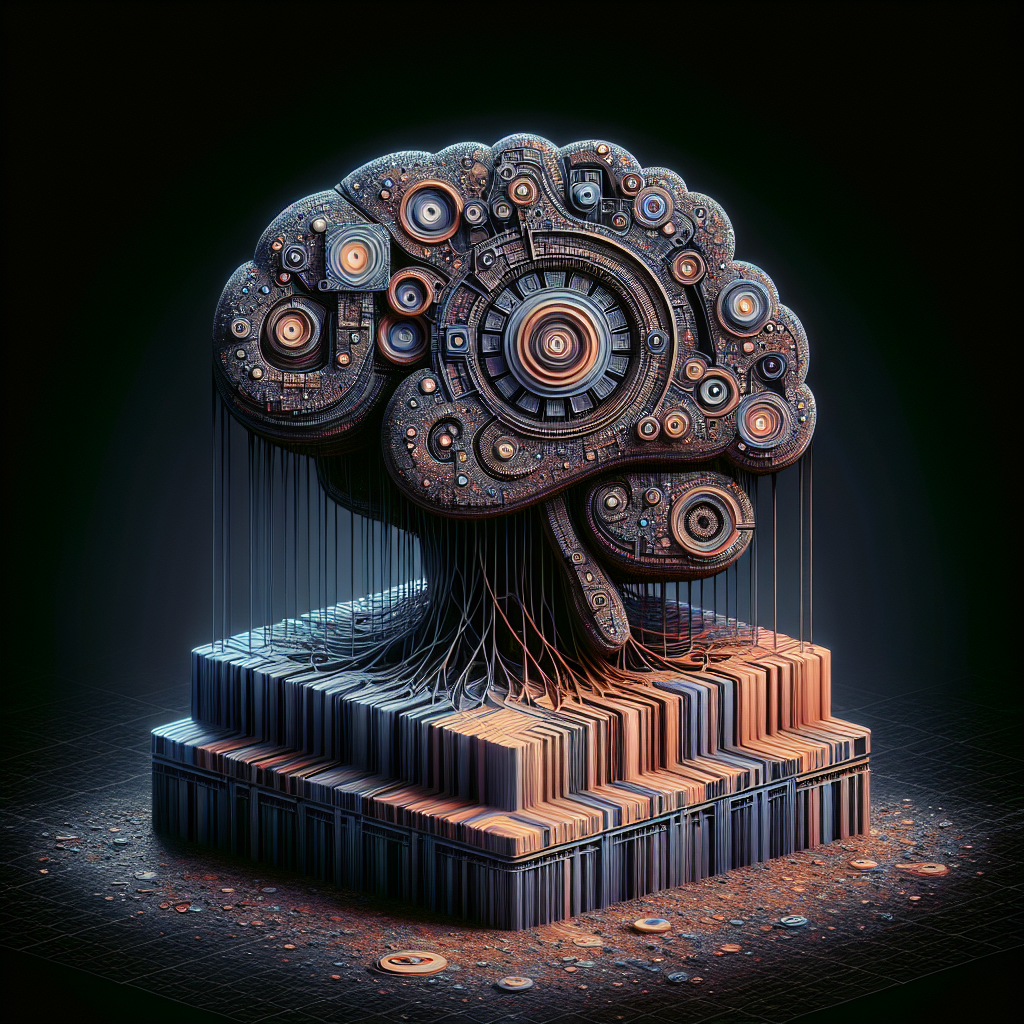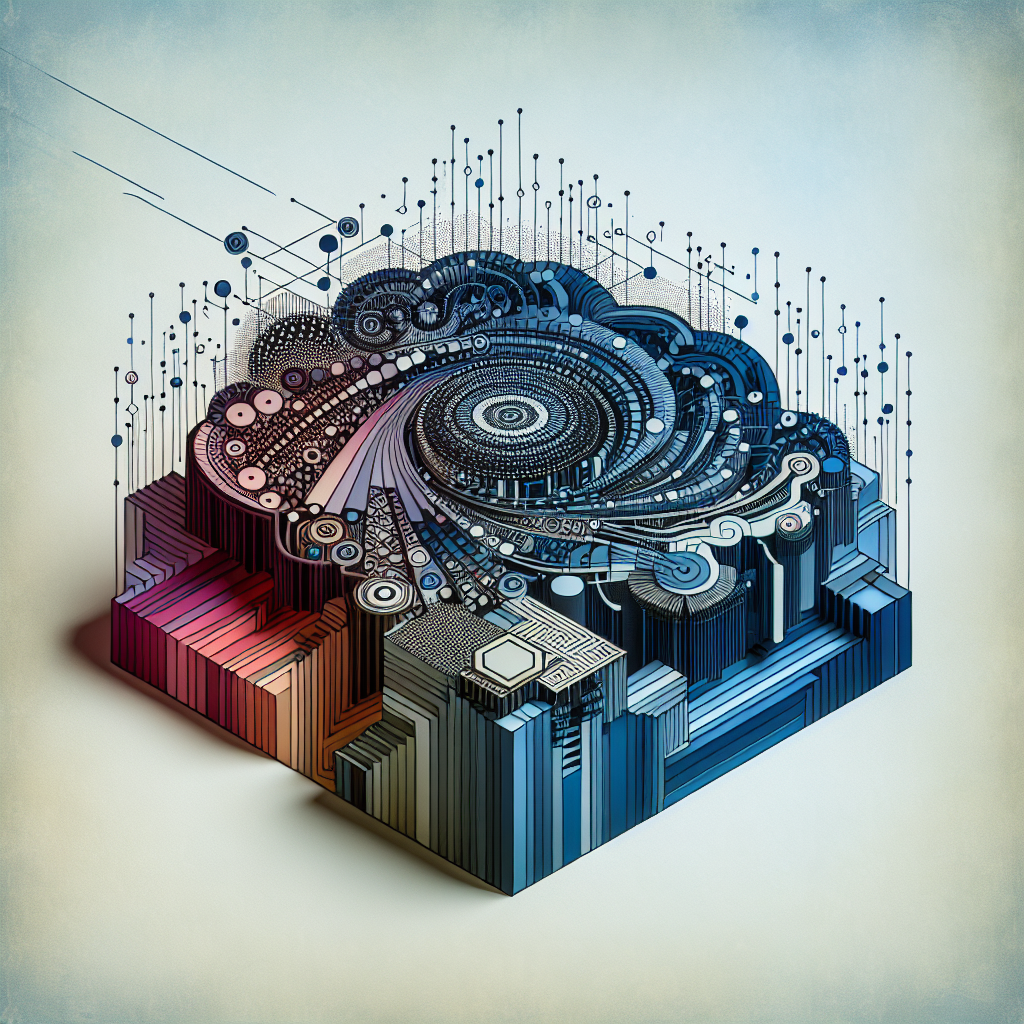Imagine being able to teach a computer to think and learn like a human. Sound like science fiction? Well, it’s not. Deep learning, a revolutionary branch of artificial intelligence, has emerged as a powerful tool that mimics the intricate workings of the human brain. In this article, you will explore what deep learning is all about and discover how this remarkable technology is reshaping industries, from healthcare to finance, and everything in between. So, get ready to unlock the secrets behind the growing influence of deep learning in our modern world.
What Is Deep Learning?
Definition of Deep Learning
Deep learning, also known as deep neural networks or deep artificial intelligence, is a subset of machine learning that focuses on training artificial neural networks to learn and make decisions. It is inspired by the structure and function of the human brain, mimicking the way neurons transmit signals and work together to process information.
In deep learning, multiple layers of artificial neural networks are stacked together, creating a deep structure capable of learning complex patterns and representations from vast amounts of data. This allows the neural network to automatically analyze and extract features without relying on explicit instructions.
History of Deep Learning
The origins of deep learning can be traced back to the 1940s, when the concept of artificial neural networks was first proposed. However, it was not until the 1980s that significant advancements were made in deep learning research. During this time, the backpropagation algorithm was introduced, enabling efficient training of deep neural networks.
In the 2000s, with the availability of massive amounts of data and advancements in computational power, deep learning gained traction once again. Breakthroughs, such as the development of convolutional neural networks for image recognition and recurrent neural networks for language processing, pushed the boundaries of what deep learning could achieve.

Key Elements of Deep Learning
Deep learning utilizes several key elements to effectively learn from data:
-
Artificial Neural Networks: Deep learning relies on the use of artificial neural networks to model and process data. These networks consist of interconnected nodes, or “neurons,” that transmit and transform information.
-
Layers: Deep learning networks typically consist of multiple layers of interconnected neurons. Each layer extracts and transforms the input data before passing it on to the next layer. This hierarchical structure enables the network to learn complex relationships and representations.
-
Activation Functions: Activation functions introduce non-linearities into the deep learning model, allowing it to learn and represent non-linear relationships between input and output data.
-
Training Data: Deep learning requires a large amount of labeled data to train the neural network effectively. The network learns from this data by adjusting its weights and biases iteratively to minimize the difference between predicted and actual outputs.
Types of Deep Learning Models
There are several types of deep learning models, each with its own specific architecture and purpose:
-
Convolutional Neural Networks (CNNs): CNNs are primarily used for image and video analysis tasks. They consist of convolutional layers that perform local feature extraction, pooling layers that downsample the data, and fully connected layers for classification.
-
Recurrent Neural Networks (RNNs): RNNs are designed for tasks that involve sequential data, such as language processing and speech recognition. They use recurrent connections to process sequences and have memory, allowing them to retain information about previous inputs.
-
Generative Adversarial Networks (GANs): GANs consist of two networks – a generator and a discriminator – that compete against each other. GANs are used to generate realistic data, such as images or text, by learning from a training dataset.
-
Reinforcement Learning: Reinforcement learning involves training a neural network to interact with an environment and learn optimal actions through trial and error. It is commonly used in robotics, game playing, and autonomous vehicles.

Applications of Deep Learning
Deep learning has a wide range of applications across various industries:
-
Image and Speech Recognition: Deep learning models, particularly CNNs, have achieved remarkable results in image and speech recognition tasks. These models can accurately identify objects, faces, and gestures in images and videos, as well as transcribe speech to text.
-
Natural Language Processing: Deep learning has significantly improved the performance of natural language processing tasks, such as machine translation, sentiment analysis, and question answering. RNNs, in particular, have been successful in language modeling and text generation.
-
Autonomous Vehicles: Deep learning plays a crucial role in developing autonomous vehicles. Computer vision algorithms based on deep learning can recognize road signs, pedestrians, and other vehicles, enabling self-driving cars to navigate safely.
-
Healthcare: Deep learning has great potential in healthcare, from disease diagnosis and prognosis to drug discovery and personalized medicine. Deep learning models can analyze medical images, detect abnormalities, and predict patient outcomes.
Benefits of Deep Learning
Deep learning offers several benefits that contribute to its popularity:
-
Automatic Feature Extraction: Deep learning models can automatically extract features from raw data, eliminating the need for manual feature engineering. This speeds up the development process and allows the network to uncover hidden patterns and representations.
-
Scalability: Deep learning models can handle large datasets and scale up efficiently. This allows for the analysis of massive amounts of data, leading to more accurate predictions and insights.
-
High Accuracy: Deep learning models have demonstrated remarkable accuracy in various tasks, often outperforming traditional machine learning algorithms. They can learn complex patterns and generalize well to unseen data.
-
Adaptability: Deep learning models can adapt to new data and learn from experience, making them suitable for tasks that require continuous learning or real-time updates.
Challenges in Deep Learning
While deep learning has shown promising results, it also faces several challenges:
-
Data Requirements: Deep learning models require large, labeled datasets to achieve optimal results. Obtaining and labeling such datasets can be time-consuming and costly, especially for specialized domains.
-
Computational Resources: Training deep learning models is computationally intensive, requiring powerful hardware and significant processing time. This can limit the accessibility and scalability of deep learning applications.
-
Interpretability: Deep learning models are often referred to as “black boxes” due to their complex nature. It can be challenging to interpret and understand the reasoning behind their predictions, raising concerns regarding ethics, fairness, and accountability.
-
Vulnerability to Adversarial Attacks: Deep learning models can be susceptible to adversarial attacks, where small, imperceptible changes to the input data may lead to incorrect predictions or misclassifications. This poses security risks, especially in safety-critical applications.
Deep Learning vs Machine Learning
Although deep learning falls under the category of machine learning, there are key differences between the two:
-
Data Representation: Deep learning models learn directly from raw data, extracting features automatically. In contrast, traditional machine learning algorithms often require manual feature engineering, where domain experts manually select and design features.
-
Scale: Deep learning models excel in handling large-scale datasets, whereas traditional machine learning algorithms may struggle to generalize effectively to big data problems.
-
Complexity: Deep learning models are capable of learning complex representations and relationships in data, making them suitable for tasks with intricate patterns. Traditional machine learning algorithms may struggle to capture such complexity.
-
Training Time: Deep learning models typically require more time to train due to their deep architectures and complex computations. Traditional machine learning algorithms may converge faster but could plateau in their performance.
Deep Learning Tools and Frameworks
There are several tools and frameworks available to facilitate deep learning development:
-
TensorFlow: Developed by Google, TensorFlow is a widely-used open-source deep learning framework. It provides a comprehensive ecosystem for building and deploying deep learning models, with support for various platforms and devices.
-
PyTorch: PyTorch is another popular open-source deep learning framework that offers an intuitive interface and dynamic computational graph. It has gained popularity for its ease of use and flexibility.
-
Keras: Keras is a high-level deep learning framework built on top of TensorFlow. It provides a user-friendly API, making it accessible for beginners while allowing advanced customization.
-
Caffe: Caffe is a deep learning framework specifically designed for speed and efficiency. It is widely used in computer vision applications and has a strong focus on convolutional neural networks.
Future of Deep Learning
The future of deep learning holds promising possibilities. As technology continues to advance, deep learning models are likely to become more sophisticated, efficient, and capable. Some potential future advancements in deep learning include:
-
Explainability: Researchers are working towards making deep learning models more interpretable, allowing users to understand the decisions and reasoning behind their predictions. This would increase trust and facilitate wider adoption of deep learning technologies.
-
Transfer Learning: Transfer learning aims to transfer knowledge from one domain or task to another, allowing deep learning models to learn more efficiently with limited labeled data. This would be especially beneficial for domains where obtaining labeled data is challenging.
-
Deep Reinforcement Learning: Combining reinforcement learning with deep learning holds great potential for developing intelligent systems that can learn and make decisions in complex, dynamic environments. This could revolutionize areas such as robotics, game playing, and autonomous systems.
-
Ethical Considerations: As deep learning becomes more prevalent, ethical considerations such as privacy, bias, and fairness become increasingly important. Addressing these challenges will be crucial for the responsible and ethical deployment of deep learning technologies.
In conclusion, deep learning represents a powerful and rapidly evolving field within machine learning. It leverages the hierarchical structure of artificial neural networks to learn and make decisions from large amounts of data. With applications across various domains and ongoing advancements in tools and frameworks, deep learning continues to shape the future of artificial intelligence.
